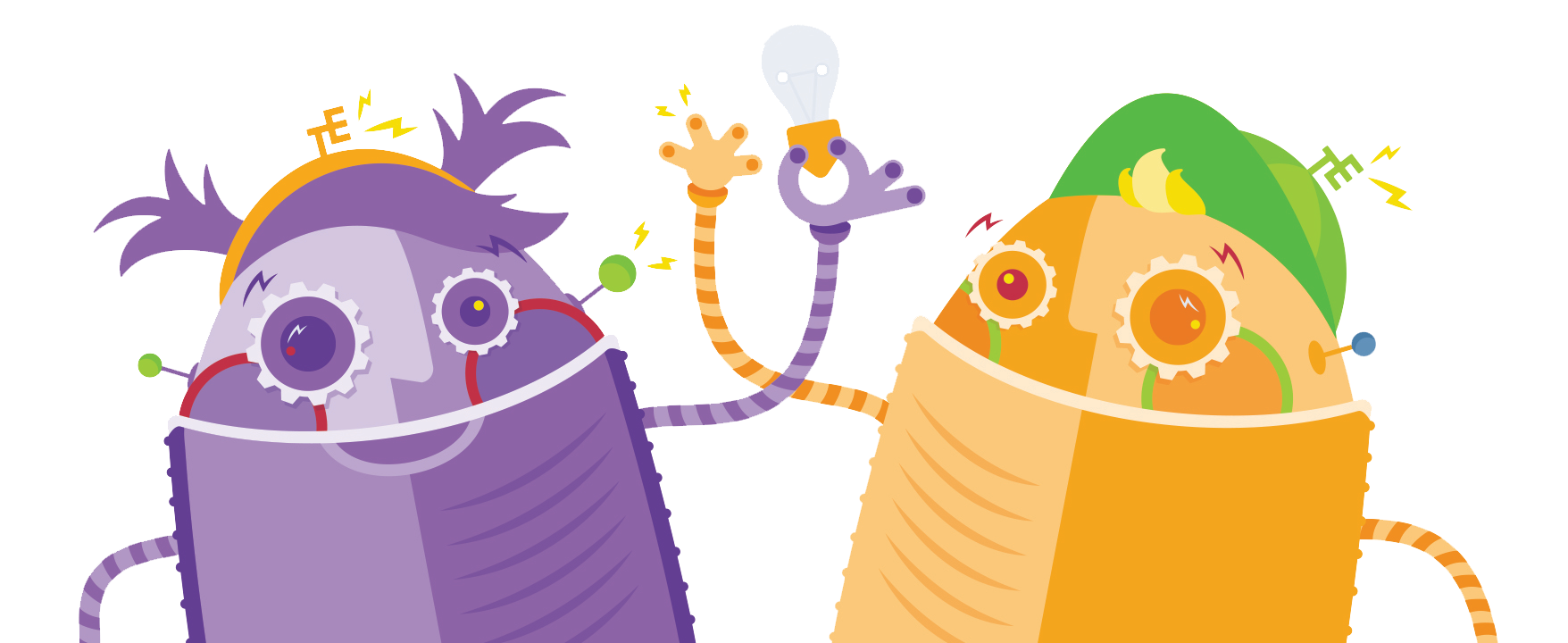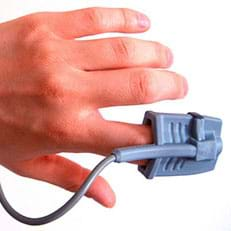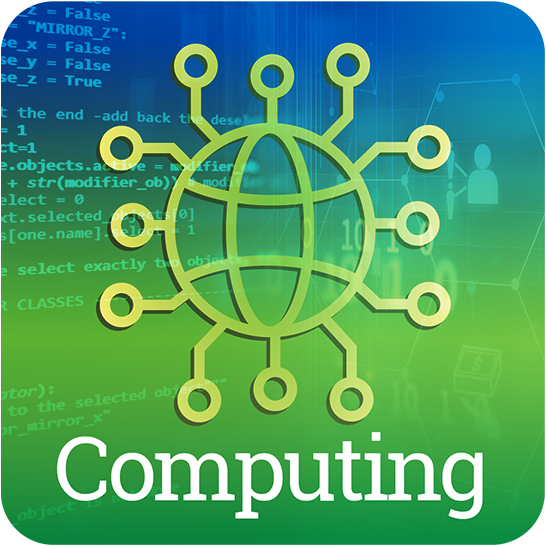Computing
Computing is essential to engineering as it provides the tools and methods for solving complex problems, enabling the design and optimization of innovative technologies and systems.
The term “computing” encompasses a wide range of information technology, computer science, and other computing-related activities, curricula, and professions. These all share a common characteristic: they involve participants in creating or adapting technology (e.g., developing applications/software, programming, developing hardware, coming up with new technical devices or solutions) rather than in using technology (e.g., using word processors, databases, or other software). As the backbone of modern technology, computing permeates every aspect of society and drives innovation in various fields, from artificial intelligence to data analytics, enabling the creation of complex systems that enhance our daily lives.
Engineers play a crucial role in applying computing principles to solve real-world problems. They develop software applications, design and manage databases, and create systems that improve efficiency and functionality across industries. For instance, software engineers write code that powers everything from mobile apps to large-scale systems, while computer engineers focus on the hardware, designing processors and circuits that make advanced computing possible.
The collaboration between computing and engineering is essential in today’s technology-driven world. Engineers use computing tools and concepts to design, test, and optimize products and processes. Whether it’s developing cybersecurity measures to protect sensitive data or creating algorithms for self-driving cars, the integration of computing with engineering disciplines drives innovation and pushes the boundaries of what’s possible. This partnership continues to shape the future, making it an exciting field for the next generation of engineers.


Computing Curricula

Explore the world of computing with your K-12 students through the resources featured here, by grade band, and showcase how engineers tackle exciting challenges in coding, problem-solving, and technology.
Grades K-2
- Coming Soon!
Grades 3-5
- Acting Like an AlgorithmActing Like an Algorithm

This activity allows students to gain a better understanding for how algorithms work. Students engage in an activity which symbolizes the Google PageRank algorithm, divide into groups, and follow specific steps, in the form of a ball game, in order to under the algorithm.
- Light-Up Plush PalsLight-Up Plush Pals

Students make design decisions about controlling LEDs in a light-up, e-textile circuit, plush toy project made using LilyPad ProtoSnap components and conductive thread. They follow instructions to assemble a product while applying their own creativity to customize it. In this sewable electronics pro...
- Sensors for Our Hearts Sensors for Our Hearts

Students explore heart health by using the engineering design process to create a model of a human heart and then use sensors to determine their success. Students will know their heart model is successful if the Arduino Nano Gesture, Proximity, Light & RGB sensor can classify if the student's model ...
- Algorithms and Everyday Life Algorithms and Everyday Life

Algorithms are one of the foundations of our technological world, and are driven by the scientists and engineers. This lesson is intended to get students interested in the inner workings of algorithms and the capabilities associated with them.
- Mindful Messages: Engineering Communication SolutionsMindful Messages: Engineering Communication Solutions
Students explore how the brain enables communication through spoken and written language and how communication is essential for solving problems. Working in groups, students define a problem related to communication, design a solution using a micro:bit, build a prototype, and then test their designs...
- See More
Grades 6-8
- Don’t Be Tardy! An Arduino Warning SystemDon’t Be Tardy! An Arduino Warning System
Students engineer a device to alert peers who are about to be late to class. To do this, students first define the problem and success criteria for an alert system. Students code an Arduino circuit to display a repeating/blinking message on an LCD screen with LED lights (in Tinkercad). Then they wor...
- Flow Charting App Inventor TutorialsFlow Charting App Inventor Tutorials

Students design and create flow charts for the MIT App Inventor tutorials in this computer science activity about program analysis. In program analysis, which is based on determining the behavior of computer programs, flow charts are an important tool for tracing control flow.
- Using Jupyter Notebooks to Explore WavesUsing Jupyter Notebooks to Explore Waves

Students learn how to use a Jupyter Notebook and identify the frequency, wavelength, amplitude, period, and phase of a simple sinusoidal waveform. As they learn how to label the parts and properties of the waves, they connect these characteristics of waves to various real-world wave examples such a...
- Learn to Throw, Throw to Learn: A Machine Learning JourneyLearn to Throw, Throw to Learn: A Machine Learning Journey
Students embark on an interactive journey through the Engineering Design Process (EDP) to develop, test, and refine a system aimed at enhancing the accuracy of a ball thrown or flicked toward a small target. This hands-on activity serves as an analogy to the process of training machine learning syst...
- Make a Shoebox Arcade ControllerMake a Shoebox Arcade Controller

Students learn what goes on inside video game controllers by building their own, which shows them the use of simple circuits and switches. Inside a shoebox, they wire up a joystick and two arcade push buttons to a MaKey MaKey and a laptop by following a provided hole-cutting template and wiring sche...
- See More
Grades 9-12
- Trigonometric Functions in My Heart: Modeling PPG Pulses with Basic Trigonometric FunctionsTrigonometric Functions in My Heart: Modeling PPG Pulses with Basic Trigonometric Functions

Students learn that trigonometric functions can model how their hearts work and can provide important information about their cardiovascular condition. Students analyze their own photoplethysmogram (PPG) obtained from a fingertip pulse oximeter.
- Computer Simulation of an Artificial Neural Network Computer Simulation of an Artificial Neural Network

Using the Netlogo platform to run simulations of a basic neural network called the perceptron, students explore a basic, yet powerful, model of machine learning as they are challenged to understand the logic.
- 3D Printing, Computer Aided Design (CAD) and G-Code Basics3D Printing, Computer Aided Design (CAD) and G-Code Basics

Students learn about 3D printing and what considerations to make in the engineering design process to print an object with quality and to scale. Students learn the basic principles of computer-aided design (CAD) and how data points can be turned into a program that operates the 3D printer. Students ...
- Hurricane! Saving Lives via Logical Reasoning & Computer ScienceHurricane! Saving Lives via Logical Reasoning & Computer Science

How might engineers keep people safe during a hurricane? Students use a hurricane tracking map to measure and graph how close the eye of a hurricane is from population centers, and then analyze MATLAB computer code generated by hurricane tracking data.
- Physical Computing Using Arduinos: Making LEDs Blink and FadePhysical Computing Using Arduinos: Making LEDs Blink and Fade

Students download the software needed to create Arduino programs and make sure their Arduino microcontrollers work correctly. Then, they connect an LED to the Arduino and type up and upload programs to the Arduino board to 1) make the LED blink on and off and 2) make the LED fade (brighten and then ...
- See More






































